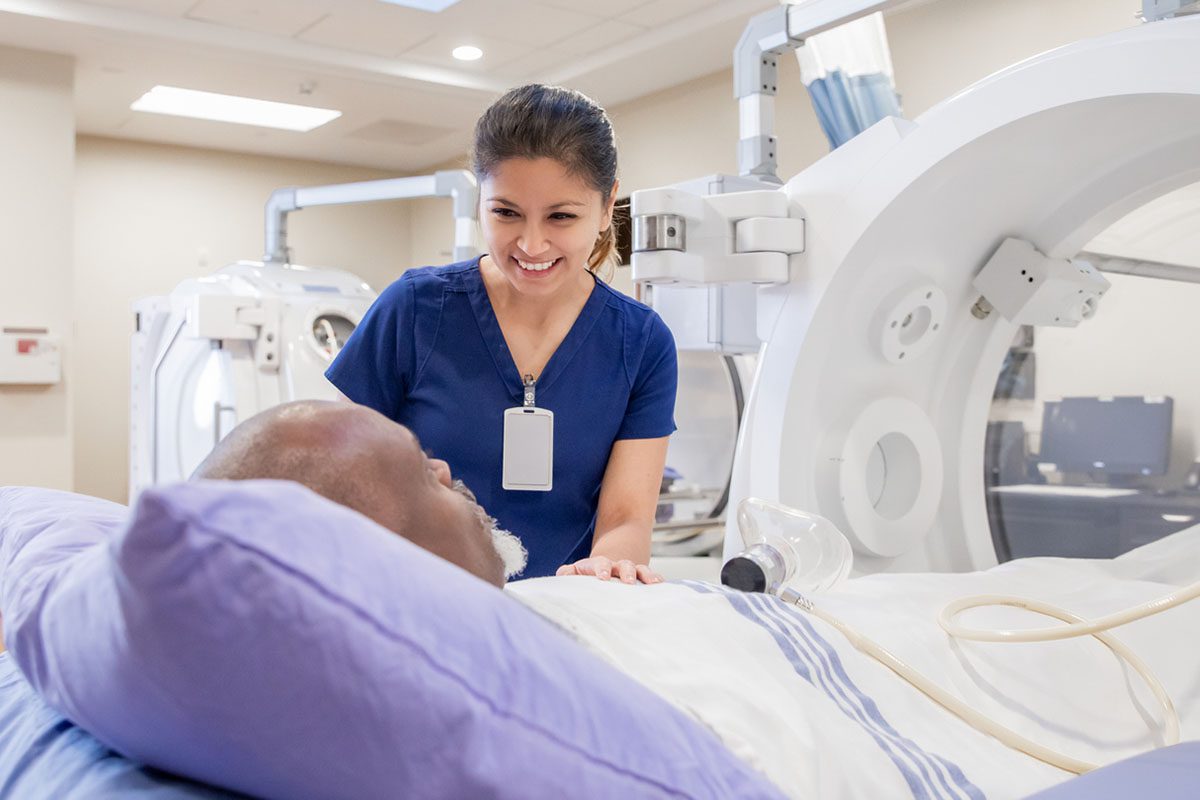Background: More than a third of the approximately 10 million women with histories of interpersonal violence in the United States develop posttraumatic stress disorder (PTSD). Currently available treatments for this population have a high rate of incomplete response, in part because problems in affect and impulse regulation are major obstacles to resolving PTSD. This study explored the efficacy of yoga to increase affect tolerance and to decrease PTSD symptomatology.
Method: Sixty-four women with chronic, treatment-resistant PTSD were randomly assigned to either trauma-informed yoga or supportive women’s health education, each as a weekly 1-hour class for 10 weeks. Assessments were conducted at pretreatment, midtreatment, and posttreatment and included measures of DSM-IV PTSD, affect regulation, and depression. The study ran from 2008 through 2011.
Results: The primary outcome measure was the Clinician-Administered PTSD Scale (CAPS). At the end of the study, 16 of 31 participants (52%) in the yoga group no longer met criteria for PTSD compared to 6 of 29 (21%) in the control group (n = 60, χ21 = 6.17, P = .013). Both groups exhibited significant decreases on the CAPS, with the decrease falling in the large effect size range for the yoga group (d = 1.07) and the medium to large effect size decrease for the control group (d = 0.66). Both the yoga (b = −9.21, t = −2.34, P = .02, d = −0.37) and control (b = −22.12, t = −3.39, P = .001, d = −0.54) groups exhibited significant decreases from pretreatment to the midtreatment assessment. However, a significant group ×— quadratic trend interaction (d = −0.34) showed that the pattern of change in Davidson Trauma Scale significantly differed across groups. The yoga group exhibited a significant medium effect size linear (d = −0.52) trend. In contrast, the control group exhibited only a significant medium effect size quadratic trend (d = 0.46) but did not exhibit a significant linear trend (d = −0.29). Thus, both groups exhibited significant decreases in PTSD symptoms during the first half of treatment, but these improvements were maintained in the yoga group, while the control group relapsed after its initial improvement.
Discussion: Yoga significantly reduced PTSD symptomatology, with effect sizes comparable to well-researched psychotherapeutic and psychopharmacologic approaches. Yoga may improve the functioning of traumatized individuals by helping them to tolerate physical and sensory experiences associated with fear and helplessness and to increase emotional awareness and affect tolerance.
Trial Registration: ClinicalTrials.gov identifier: NCT00839813
Continue Reading...
Members enjoy unlimited free PDF downloads as part of their subscription! Subscribe today for instant access to this article and our entire library in your preferred format. Alternatively, you can purchase the PDF of this article individually.
Please sign in or purchase this PDF for $40.00.
Already a member? Login




